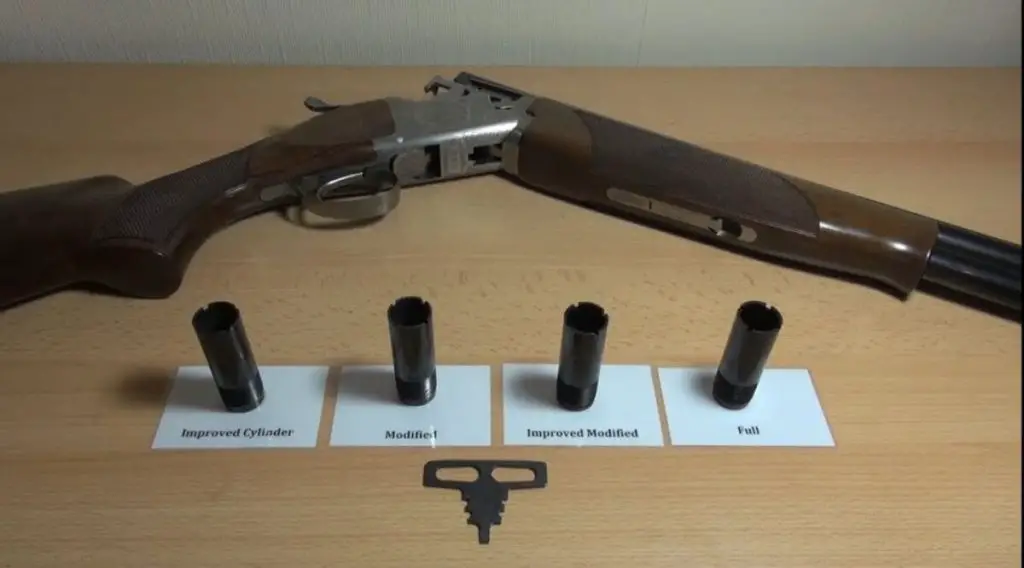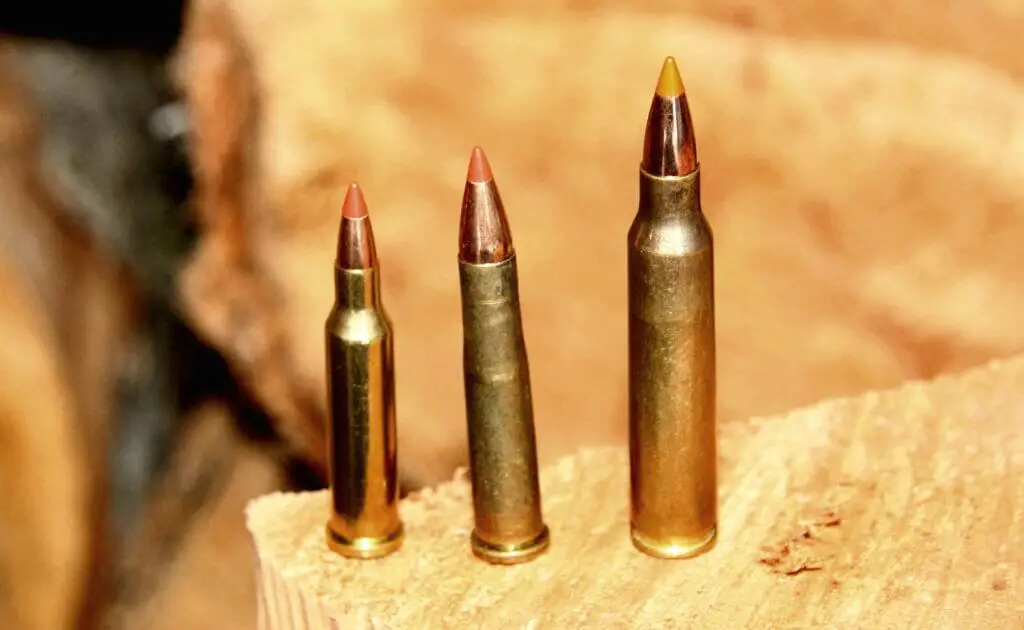Archery has been a popular sport and pastime for thousands of years, evolving from rudimentary hunting tools to sophisticated and performance-optimized accessories. One crucial factor all archers need to consider is the appropriate arrow length for their specific draw. For instance, a 28-inch (or 28″) draw is a common measurement for many adult archers, and there are certain aspects to consider when selecting the perfect arrow length for this draw. In this blog post, we will thoroughly examine various factors influencing arrow length, understanding spine and draw weight, measuring draw length, choosing appropriate arrows for a 28″ draw, and safety tips to ensure you fully comprehend the ins and outs of selecting the right arrows for your unique archery needs.
Understand the Importance of Arrow Length
Before discussing specific arrow lengths for a 28″ draw, it is essential to understand the importance of selecting the correct arrow length for your archery requirements. Choosing the right arrow length enhances accuracy, maintains safety, and helps in appropriately balancing speed and stability. Notably, an arrow that is too short may be dangerous, as the arrow tip could pass over the rest of the equipment during the draw, putting the archer at risk of injury. On the other hand, an arrow that is too long may result in decreased performance and reduced arrow speed.
Understanding Spine and Draw Weight
Arrow Spine
The arrow’s spine is a critical factor in determining the appropriate arrow length for your specific draw length. The spine refers to the stiffness or flexibility of an arrow, which affects how the arrow responds to the force from the bowstring when shot.
Arrows with a stiffer spine resist bending more than those with a lesser spine. Consequently, you want to match the stiffness of the arrow to the force exerted by your bow, which is defined as the draw weight. Failing to do so may result in inconsistent arrow flight, reduced accuracy, or even arrow failure.
Draw Weight
Draw weight refers to the amount of force required to pull the bowstring back to your specific draw length, measured in pounds (lbs). Consider the relationship between the draw weight of your bow and the arrow’s spine that you select. As a general rule, a higher draw weight requires a stiffer arrow spine, while a lower draw weight needs a more flexible spine.
Measuring Your Draw Length
To determine your specific draw length, measuring it is a crucial step. Here is a simple guide to help you figure that out:
1. Stand straight with your arms extended to your sides, making a “T” shape with your body.
2. Measure the distance from the tip of one middle finger to the tip of the other middle finger.
3. Divide this measurement by 2.5 to get your approximate draw length.
For instance, if you determine this measurement to be 70 inches, dividing by 2.5 will give you a draw length of 28 inches.
Choosing the Right Arrow Length for a 28″ Draw
A Basic Rule of Thumb
After determining your draw length, you can use the general rule of thumb to approximate arrow length: Add 1 to 2 inches to your draw length. In this case, since the draw length is 28 inches, an arrow measuring around 29 to 30 inches is a good starting point.
Considerations for Your Bow Type
Different types of bows place varying demands on the arrow’s length. Here are some specific factors for your bow type:
1. Recurve bows: For recurve bows, you should select an arrow that is slightly longer than your draw length. An additional 1 to 2 inches should suffice. In this case, an arrow with a length of 29 to 30 inches would ideally suit archers with a 28-inch draw length.
2. Compound bows: For compound bows, the positioning of the arrow rest is more crucial. Ensure it lies farther away from the bow handle, which may affect your arrow length choice. The same 1 to 2 inches added to the draw length is generally suitable.
Arrows for Young or Beginner Archers
For young or beginner archers, it is often recommended to select arrows slightly longer than the rule of thumb suggests. This practice provides an added margin of safety and allows room for growth and improvement in shooting form. In this case, consider an arrow length of 31 to 33 inches for a 28-inch draw length.
Safety Precautions When Selecting Arrow Length
Safety is paramount in archery, and selecting the appropriate arrow length is one aspect that contributes to safe practices. Here are some essential safety tips to follow:
1. Never use an arrow that is too short: An excessively short arrow can be dangerous, as it may pass over the arrow rest or the bow’s shelf, potentially causing injury during release.
2. Be aware of arrow spine: Choosing an incompatible arrow may result in stress, warping, or even breakage during the draw or release. Match your arrow spine with your bow’s draw weight.
3. Inspect arrows regularly: Always perform visual and physical inspections of your arrows, ensuring they are free from cracks, bends, or other damage that could cause them to fail during use.
Final Thoughts
The process of selecting the right arrow length for a 28″ draw may seem daunting; however, the information provided in this blog post clarifies the essential aspects to consider. By understanding the importance of arrow length, spine, draw weight, and proper measurements, you will have a greater sense of confidence in your arrow choices. Additionally, adhering to recommended safety precautions ensures safe and enjoyable archery experiences. Continually refine your knowledge and shooting form, and in no time, you will have found your perfect arrow length.
Frequently Asked Questions
What length should my arrow be?
The length of your arrow should generally be at least 1-2 inches longer than your draw length for proper clearance and safety. For a 28-inch draw length, consider an arrow length of 29-30 inches.
How long should arrows be for a 28-inch draw?
Arrows for a 28-inch draw should typically be 29-30 inches in length. This ensures enough clearance for the arrow to safely pass through the arrow rest and prevents potential injury.
How long should my arrows be for a 27-inch draw?
For a 27-inch draw, your arrows should generally be at least 28-29 inches in length to provide proper clearance and safety.
How long should my arrows be based on draw length?
Your arrows should be at least 1-2 inches longer than your draw length to allow for proper clearance and safety. For example, if your draw length is 28 inches, consider using arrows that are 29-30 inches in length.
Do longer arrows impact my shooting accuracy?
Longer arrows can potentially impact shooting accuracy, especially if they are not properly spine matched to your bow or if they are significantly longer than your draw length. However, using an arrow just 1-2 inches longer than your draw length should have minimal impact on accuracy.
Can I use shorter arrows for a 28-inch draw?
Using shorter arrows than recommended for your draw length can be dangerous, as it increases the risk of injury due to the arrow not having enough clearance. Stick to arrows at least 1-2 inches longer than your draw length for safety.
How do I measure my draw length correctly?
One common method to measure your draw length is to use the arm-span technique. Stand with your arms out to your sides, forming a “T” shape, and have someone measure the distance from the tip of one middle finger to the other. Divide this measurement by 2.5 to get an approximate draw length. Visit a professional archery store for a more accurate measurement.
How do I choose the correct spine for my arrow?
The correct arrow spine depends on your bow’s draw weight and the type of arrow material you plan to use. Consult an arrow spine chart or visit an archery professional to ensure you’re choosing the appropriate spine for your setup.
How do I determine the correct arrow weight for my setup?
Arrow weight depends on various factors such as shooting purpose, draw weight, and personal preference. For hunting, a heavier arrow is often recommended for increased kinetic energy and penetration, while lighter arrows are generally better for target archery because they produce less wind drift. Consult an archery professional to determine the best arrow weight for your setup.
What arrow materials are available, and which is best for my needs?
Arrow materials include aluminum, carbon, wood, and fiberglass. Aluminum and carbon are preferred for target archery and hunting because they offer consistency and durability. Wood arrows are often used for traditional archery, and fiberglass is commonly found in beginner or youth arrows. The best material will depend on your archery goals and personal preferences.
- How to Put a Scope on a Mosin Infantry in Tarkov: A Quick Guide - November 7, 2024
- How to Edit a Scope Box in Revit: A Step-by-Step Guide - November 6, 2024
- How to Put a Scope on Mosin Tarkov: Expert Tips for Gamers - November 6, 2024


